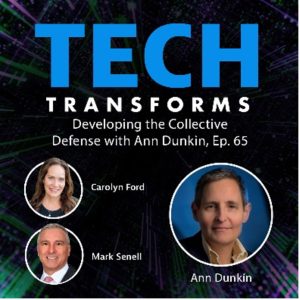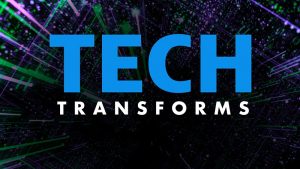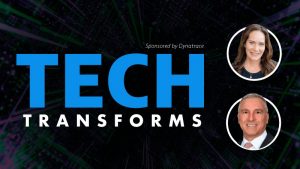On the Tech Transforms podcast, sponsored by Dynatrace, we talk to some of the most prominent influencers shaping critical government technology decisions.
The White House National Cybersecurity Strategy seeks to build a “defensible, resilient digital ecosystem where it is costlier to attack systems than defend them, where sensitive or private information is secure and protected, and where neither incidents nor errors cascade into catastrophic, systemic consequences.”
On Episode 65 of the Tech Transforms podcast, Willie Hicks and I sit down with Ann Dunkin, chief information officer of the Department of Energy (DOE), to discuss her department’s direct involvement in developing the federal cybersecurity strategy.
The principle of “security by design” plays a major role in these efforts. The DOE has designated a national lab to implement security by design and improve understanding. “They’re really focusing on hardware and software systems together,” Dunkin said. “How do you make hardware and software both secure by design?”
The DOE supports the national cybersecurity strategy’s collective defense initiatives. These initiatives recognize that federal agencies must come together to protect the U.S. government as a whole. Dunkin firmly believes these agencies cannot operate in isolation any longer. “There’s too much work we do together,” she said. “There are too many interconnections between our systems. We absolutely have to develop that collective defense.”
From national cybersecurity strategy to building secure energy systems internationally
During the episode, Dunkin also mentions the DOE’s Partnership for Transatlantic Energy and Climate Cooperation. This partnership is international platform through which the United States, 24 European countries, and the European Union collaborate to build secure, resilient, and climate-conscious energy systems.
“Much of what we do with our European partners is modeled on work we’re doing here in the U.S.,” Dunkin said. “There’s a lot of work in DOE labs around grid resilience. They do a lot of modeling, so we can then [promote] those models, whether it’s a list of cybersecurity controls you should put in place or new technology to help you manage grid failures.”
Dunkin also highlights the two-way knowledge transfer with international partners. “This is very much a two-way street of learning from each other,” she said. “How can we learn from that and how can we help you with some of your other problems? There’s a reason it’s a partnership and not a push.”
 |
This episode of Tech Transforms discusses the National Cybersecurity Strategy and securing a large agency like the DOE, as well as how agencies balance cybersecurity compliance and risk management. |
Tune in to the full episode for more insights from Ann Dunkin.
Follow the Tech Transforms podcast
Follow Tech Transforms on Twitter, LinkedIn, Instagram, and Facebook to get the latest updates on new episodes! Listen and subscribe on our website, or your favorite podcast platform, and leave us a review!




Looking for answers?
Start a new discussion or ask for help in our Q&A forum.
Go to forum